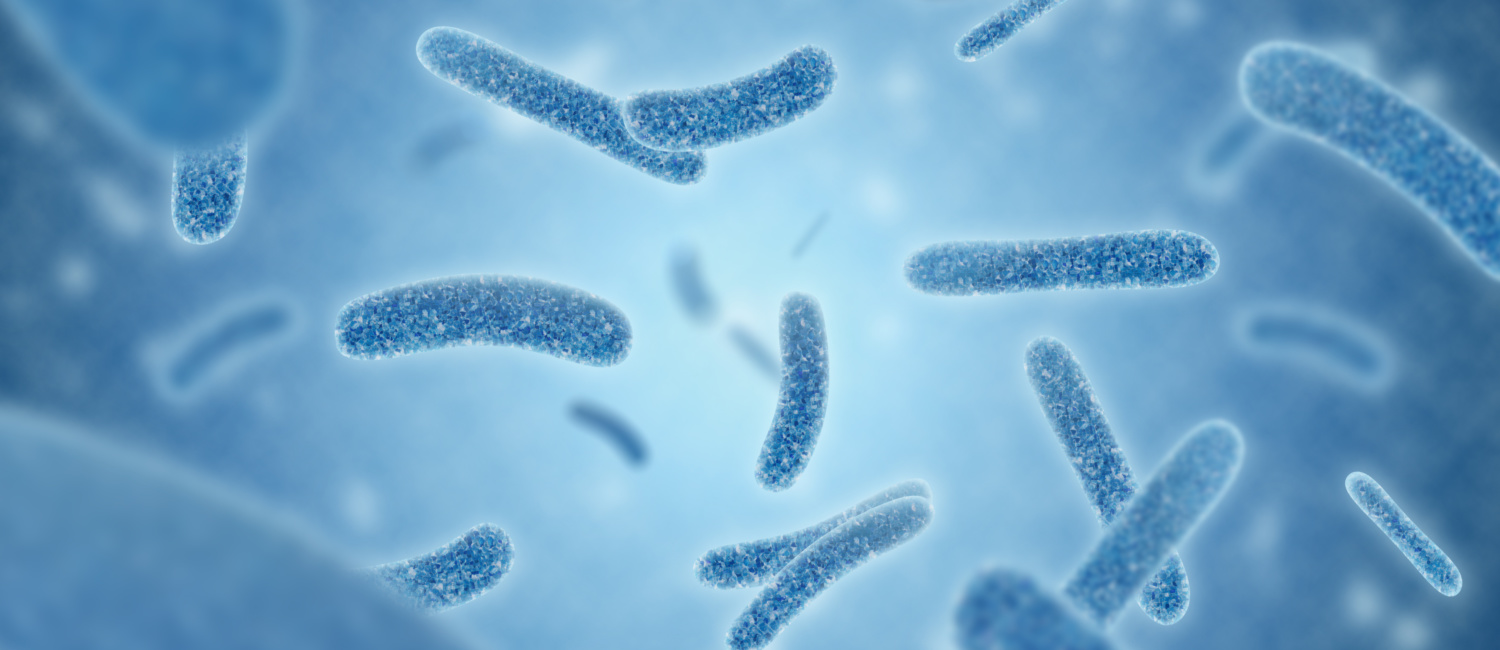Recent research studies on Lactobacillus LB, the active ingredient of LBiome, show its bifidogenic effect. This means that Lactobacillus LB stimulates the growth of bifidobacteria. Let’s see what interest these bacteria have on health and what’s behind this bifidogenic effect.
What are bifidobacteria?
Anaerobic bacteria
Bifidobacteria enable the preparation of fermented milk such as cheese or yogurt. Indeed, they belong to the family of lactic acid bacteria. Their name comes from the latin “bifidus” which means “divided into two parts”. This refers to its specific Y-shaped morphology. Finally, bifidobacteria are anaerobic bacteria, meaning that they are unable to survive in the presence of oxygen.
Bacteria living in the gut microbiota
Moreover, they are part of the gut microbiota. These bacteria of the gastrointestinal tract dominate the gut of healthy breastfed infants. Their level in guts drastically decrease with age¹. Thus, bifidobacteria are present in host due to genetics but needs to be stimulate throughout life. Some molecules can stimulate the growth of bifidobacteria that already live in the anaerobic environment of the human gut. This is known as the bifidogenic effect.
What are the health benefits of the Bifidobacteria?
Bifidobacteria appeared to be a predominant bacterial group in our gut since birth. Its decrease leads to an unbalance, a dysbiosis. This dysbiosis condition of the gut microbiota strongly affects our health status. Indeed, it contributes to the increase of the incidence of immune mediated disorders later in life². It has been shown that bifidobacteria interact with human immune cells and modulate specific pathways, involving innate and adaptive immune processes. All these data point to a critical role for bifidobacteria in the maturation of our immune system from gestation to childhood, suggesting that the low abundance of these early colonizers is associated with a deviated physiological state in infancy. Indeed, current evidence suggests a role of early life bifidobacteria establishment in programming future health³.
Moreover, bifidobacteria are friendly bacteria in the gut. Thus, their decrease gives more space for harmful bacteria that may cause symptoms such as constipation or diarrhea.
Why talk about bifidogenic effect?
Some bifidogenic factors
- Human milk oligosaccharides boost the growth of bifidobacteria⁴. This is an advantage of breast feeding.
- Thanks to biotics: using postbiotics that have a bifidogenic effect is a way to overcome this issue. Scientific studies have recently proven that our postbiotic Lactobacillus LB has a bifidogenic effect. This ingredient, with over 40 published studies and clinicals, works with your own microbiome to promote a healthy microbiota.
Emerging interest in bifidobacteria
Recently, there has been a revival of interest of these bacteria due to their utility in functional foods. Unfortunately, the bifidogenic effect is still poorly understood by consumers. Positioning products on this effect and making it explicit would help the consumer to see it more clearly.
Adobe Stock / phungatanee
